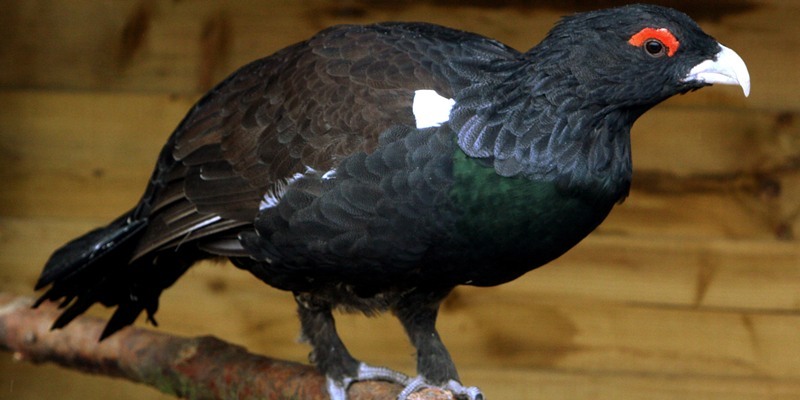One of Scotland’s iconic species, the capercaillie, remains under serious threat of a second extinction.
New figures from RSPB Scotland and Scottish Natural Heritage (SNH) estimate a population of only 1228 birds.
It was reintroduced to Perthshire in the 1800s and there were thought to be around 20,000 birds in 1970.
By the early 1990s, when the first formal surveys were conducted, numbers had declined sharply, in Deeside and Perthshire particularly.
In 2004 there were an estimated 1980 birds in Scotland but the most parlous period was in the late 1980s when there were just 1073 birds, which triggered targeted conservation action.
Conservationists and land managers are working to save the capercaillie from a second UK extinction.
Efforts have focused on creating or improving the native pine forest and blaeberry habitat favoured by the species, legal predator control and minimising disturbance in sensitive areas from dogs and humans.
Research indicated many capercaillie are killed flying into forestry deer fences.
Fences at key capercaillie sites have been removed or marked to make them more visible.’Passionately committed’The birds require warm and dry weather during the brood period in June to breed successfully.
Consecutive wet springs in 2007 and 2008, together with other factors, played a part in keeping the population down.
RSPB Scotland director Stuart Housden said, “It is disappointing that the capercaillie has experienced a drop in its numbers in some areas since the last survey was conducted.
“However, there can be little doubt that this decline would be a good deal worse were it not for all the huge efforts of many public and private forestry managers, gamekeepers and land managers backed by the European LIFE funding programme, to save this charismatic species.”
He added, “We particularly need to focus our efforts on further habitat creation and positive management for this species, especially in key areas like Deeside and Perthshire where the problems are most acute.
“This demands concerted and swift action with estate managers and conservation bodies working together to make sure the capercaillie remains part of the wonderful wildlife that makes Scotland such a special place.”
Dr Sue Haysom of SNH said, “Along with many land managers we are passionately committed to saving this species.
“Habitat creation and management, fence removal and predator control have all helped the capercaillie.”
